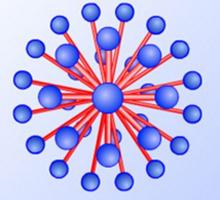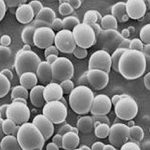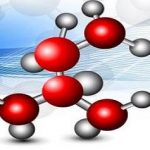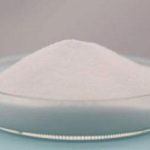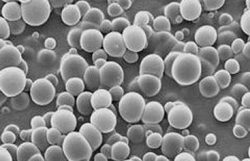Anionic Surfactant
Anionic surfactant has a longest history, highest output and most various types. It is classified according to the structures of their hydrophilic groups: sulfonates and sulfates, which are the main types of anionic surfactants. The various functions of surfactants are mainly manifested in changing the properties of the liquid surface, the liquid-liquid interface and the liquid-solid interface.
Common anionic surfactant:
Sulfate, sulfonate, and phosphate esters
Anionic surfactants contain anionic functional groups at their head, such as sulfate,sulfonate, phosphate, and carboxylates. Prominent alkyl sulfates include ammonium lauryl sulfate, sodium lauryl sulfate (sodium dodecyl sulfate, SLS, or SDS), and the related alkyl-ether sulfates sodium laureth sulfate (sodium lauryl ether sulfate or SLES), and sodium myreth sulfate. Carboxylates are the most common surfactants and comprise the carboxylate salts (soaps), such as sodium stearate. More specialized species include sodium lauroyl sarcosinate and carboxylate-based fluorosurfactants such as perfluorononanoate, perfluorooctanoate (PFOA or PFO).
Anionic surfactants take many advantages in mature production process, great availability of raw materials, and a wide range of applications. Therefore, it is widely used in many fields such as agriculture, industrial cleaning, textile printing and dyeing, and household chemicals.
1. Agriculture
The use of anionic and non-ionic formulations as pesticide emulsifiers can reduce the usage of emulsifier from 20% ~40% to 3% ~ 10%. This will help improve the chemical stability of pesticides, while reducing costs, pollution,so ensure the efficiency of utilization. In addition, alkylbenzene sulfonates, lignosulfonates are often added into insecticides, rust removers, and plant growth regulators as emulsifiers and wetting agents to improve soil quality.
2. Construction industry
In architectural coatings, surfactants primarily act as wetting, emulsifying, dispersing, stabilizing and antistatic agent.
3. Cosmetics industry
The use of anionic surfactants in cosmetics has become more widespread in recent years and its main role is as emulsifiers, solubilizers, wetting agents and effective component synergists.
4. Oil field industry
Surfactants play an important role in the chemical oil displacement process. They can reduce the oil/water interfacial tension and increase the number of capillary tubes, thereby greatly improving the oil recovery.
5. Textile industry
Many processes in the textile printing industry require the use of a large amount of surfactants. For example, a large number of anionic surfactants with cleaning performance are used in the pretreatment process, anionic surfactants with infiltrating performance are used in the dyeing and finishing processes. In addition, some functional products such as leveling agents, fixing agents, etc., are also of anionic type.
6. Daily chemical industry
Anionic surfactants are widely used in daily chemicals. The most common application is soap. The main ingredient is sodium stearate. Anionic products have the characteristics of high foam and delicate performance, low price and so on, which can reduce the cost of the liquid detergent and other products, as well as improve the product transparency.
